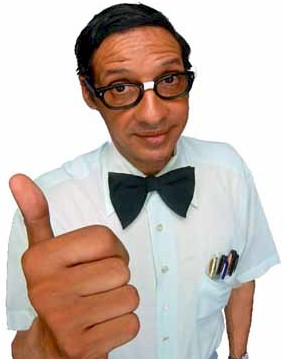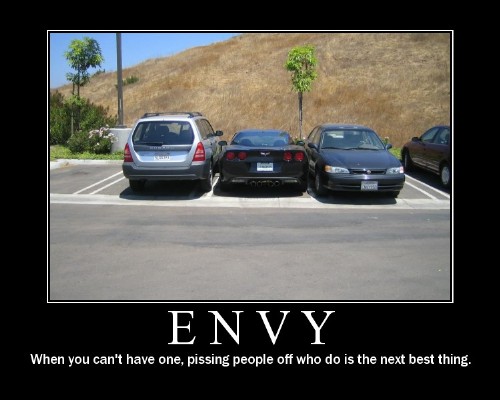
THE RAILROAD TRACKS SEPARATED TWO PARTS OF TOWN: TWO WALKS OF LIFE.
In fact, the parts of town are so separate that there was a time when Barrett was not a part of Crosby ISD. Crosby was even one of the last schools in the state of Texas to integrate. Needless to say, this dichotomy made for an interesting environment to grow up in.
I don’t want to give the impression that blacks and whites didn’t get along in Crosby—they did. However, it was very easy to observe the different cultures and lifestyles led by the different races. The greatest example of such contrasts that I can think of was my good friend Qualan Bolds.
I have known Qualan since about the fifth grade. From that time on, I had Qualan in at least one of my classes every year, as we were both in the accelerated or AP classes. Interestingly enough, Qualan was one of 3 black kids, out of about 60, to be in these classes (he eventually graduated in the top 10%). When we were younger, Qualan didn’t get teased all that much. He was pretty much left alone, and just accepted as a peer, an equal, and a friend by all. However, that all changed once we got into high school.
Ironically, the teasing didn’t come from any white kids; rather, all the mocking came from his black friends. And the comments were always the same: something along the lines of “white boy” or “college boy.”

FOR SOME REASON, BEING SMART IS ASSOCIATED WITH BEING WHITE.
And it is something that I never understood. He was ridiculed by his black peers for being smart, as if that was a bad thing. It was a situation very much akin to the one found in The Bluest Eye, if Pecola instead of “Each night, without fail, pray[ing] for blue eyes”[1] she prayed for no one to ever have blue eyes—for no one to ever be different or stand out. Personally, I just don’t get it. “Jealousy [I] understood and thought naturally—a desire to have what somebody else had; but envy was strange.”[2]

THIS WAS ESSENTIALLY THE ATTITUDE OF SOME OF QUALAN'S PEERS.
For some reason the blacks at my school associated intelligence with skin color, and for that Qualan was made to feel like he was betraying his roots. At first, he acted as though the constant pestering didn’t faze him. Yet, by the end of senior year, it was apparent that the remarks were taking a toll on him. He took fewer AP classes, and the ones that he did take he made Cs in. He pretty much stopped doing homework, and slept in class quite a bit. Though he still decided to go to college, his choices went from UT and Texas A and M to Prairie View A and M.
To me I can’t understand why he was treated the way he was. It’s not like he was a real bookworm, aloof, or didn’t fit in with the black kids. He did, but he was always resented for being intelligent. On the other hand, none of the white kids in the top 10% were ever made fun of. It is negative attitudes such as this that hold the black culture back, at least that is the case in my town. As long as such opinions persist, as long as being educated is a reason to be ashamed rather than to be proud, the residents of Barrett Station will continue to, in the words of Martin Luther King Jr., “live on a lonely island of poverty in the midst of a vast ocean of material prosperity.”[3]
No comments:
Post a Comment